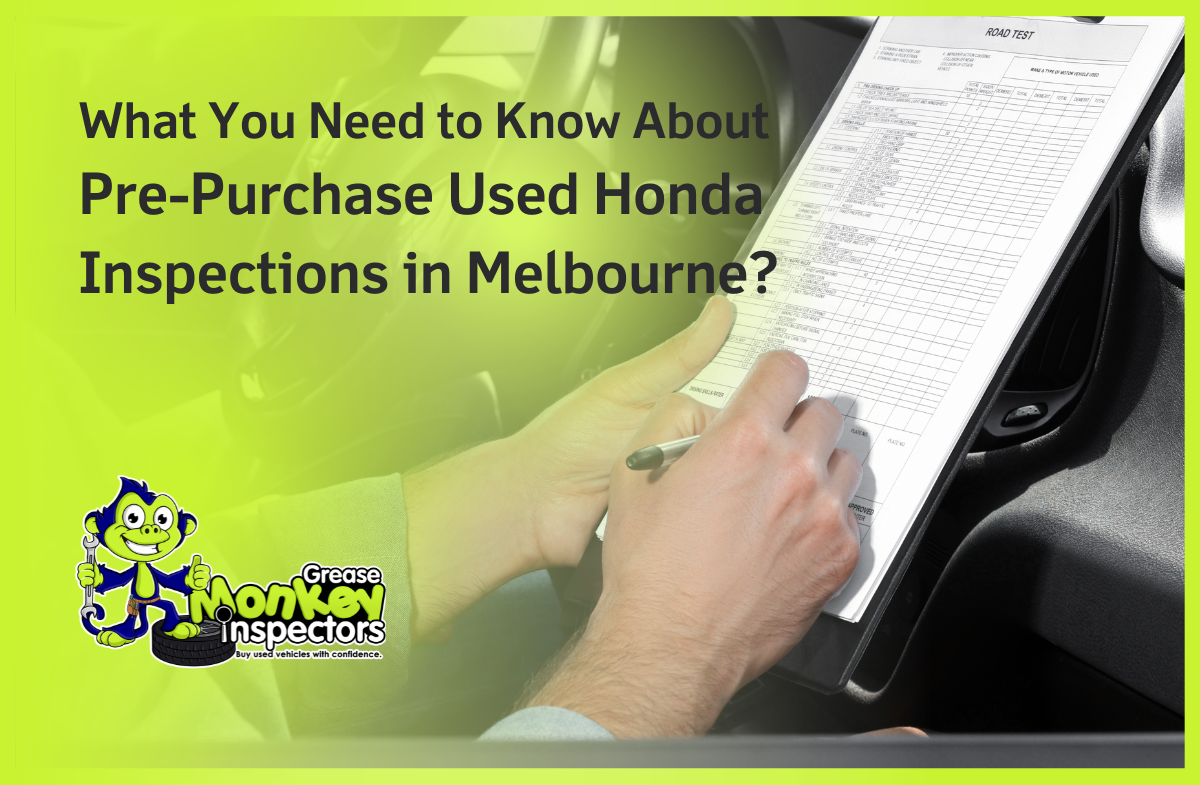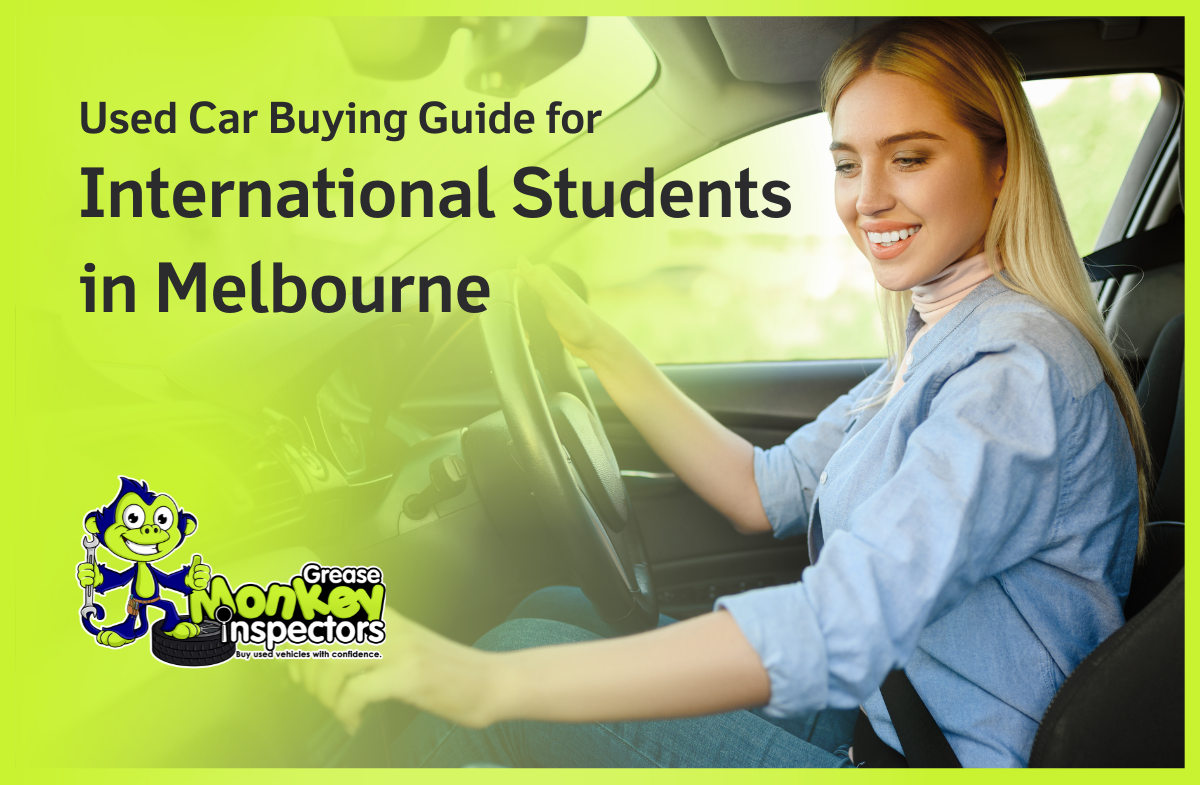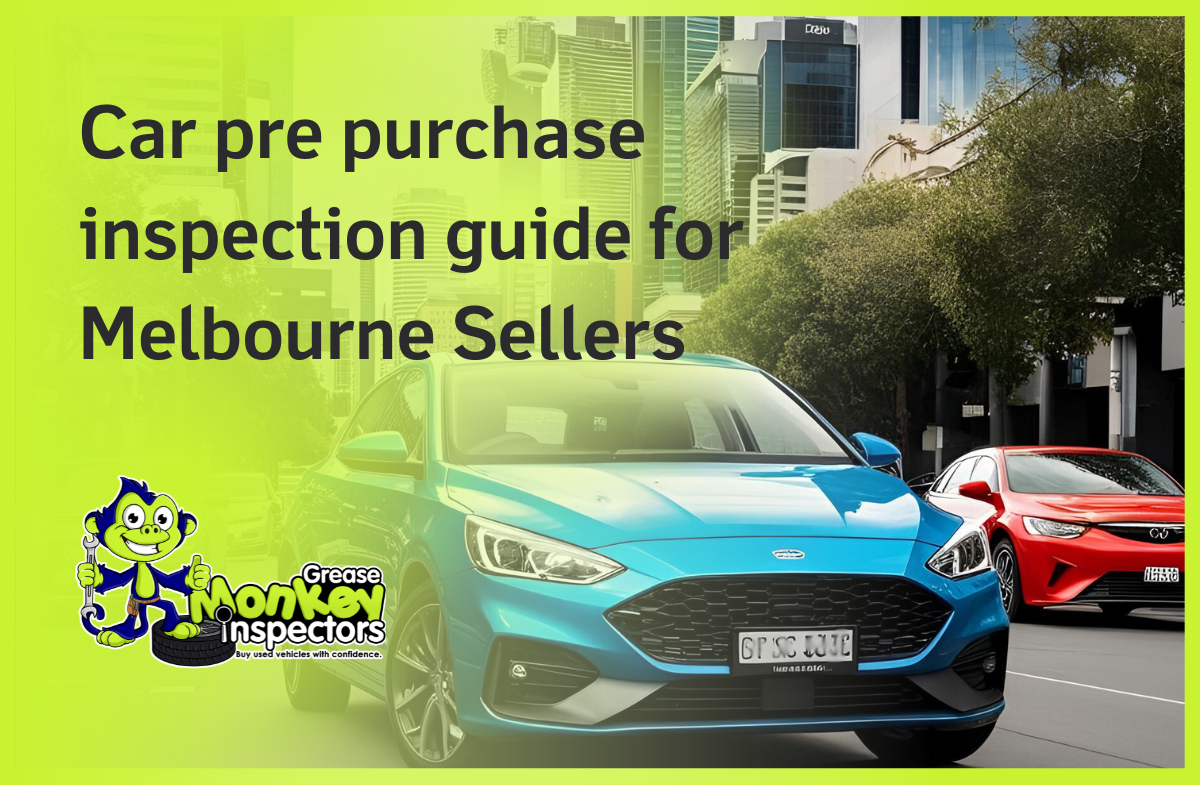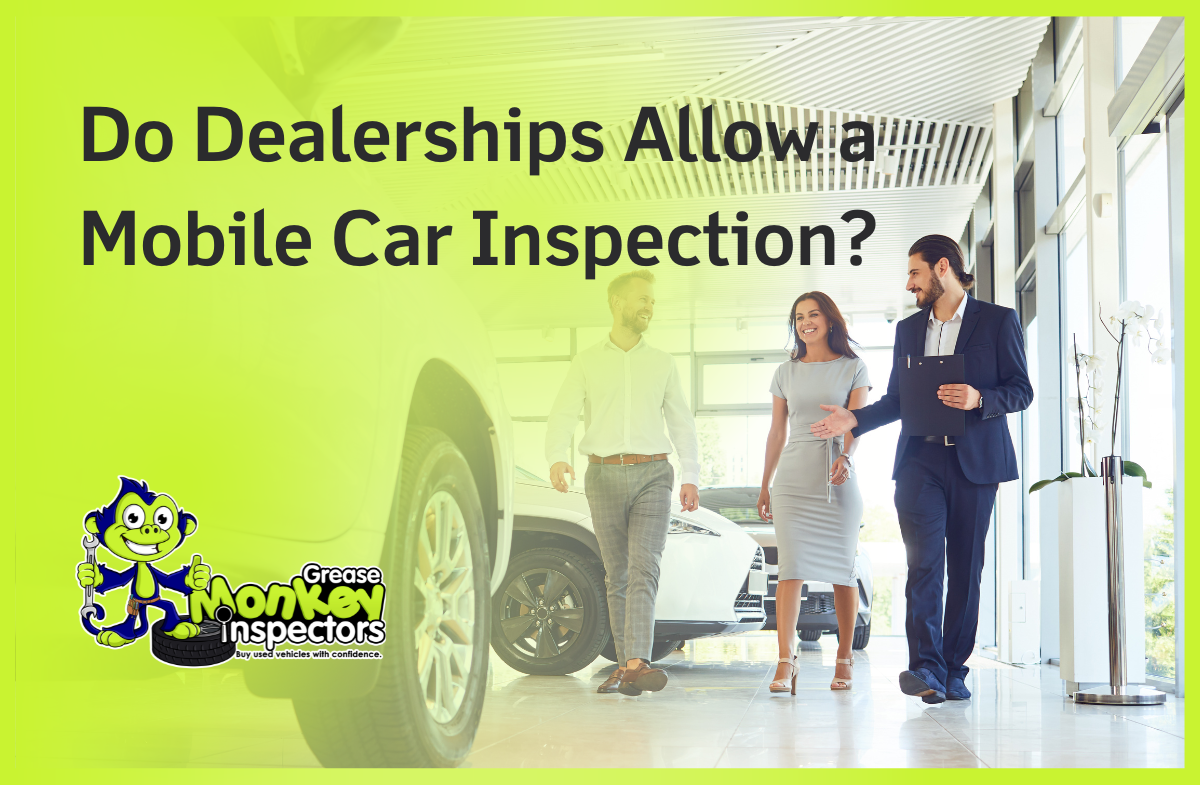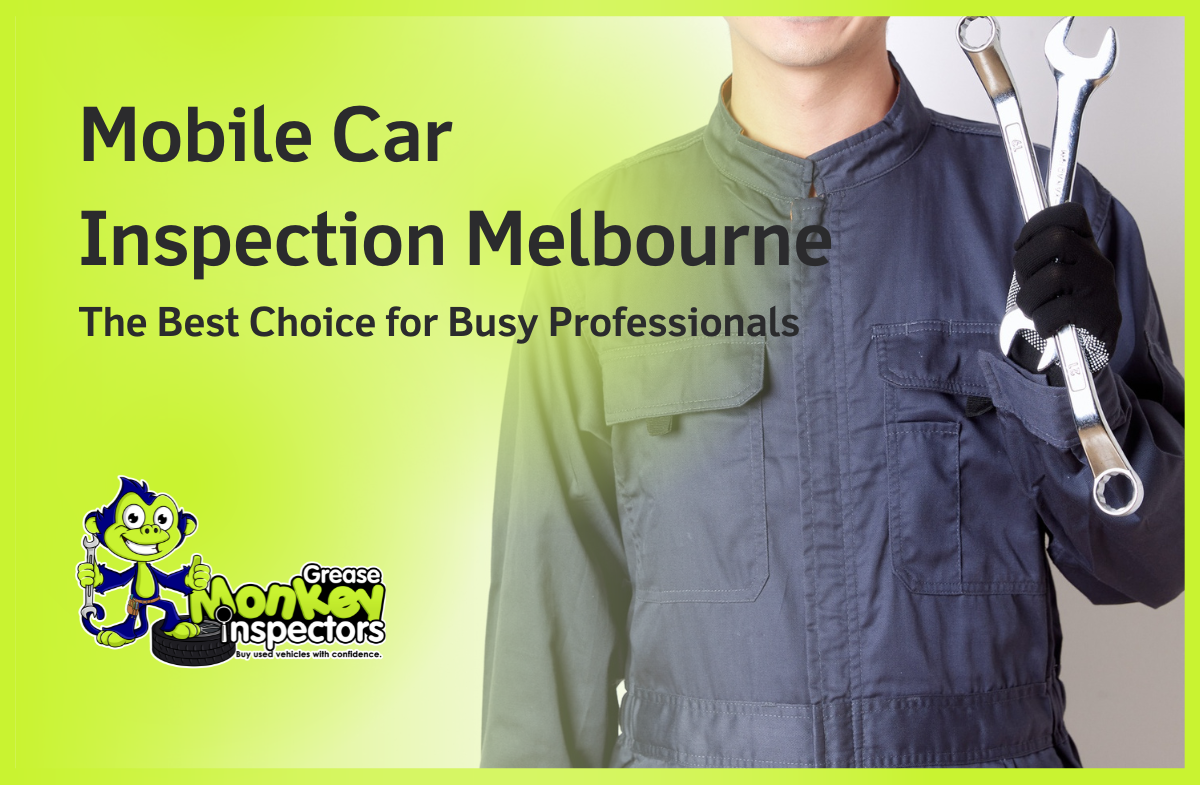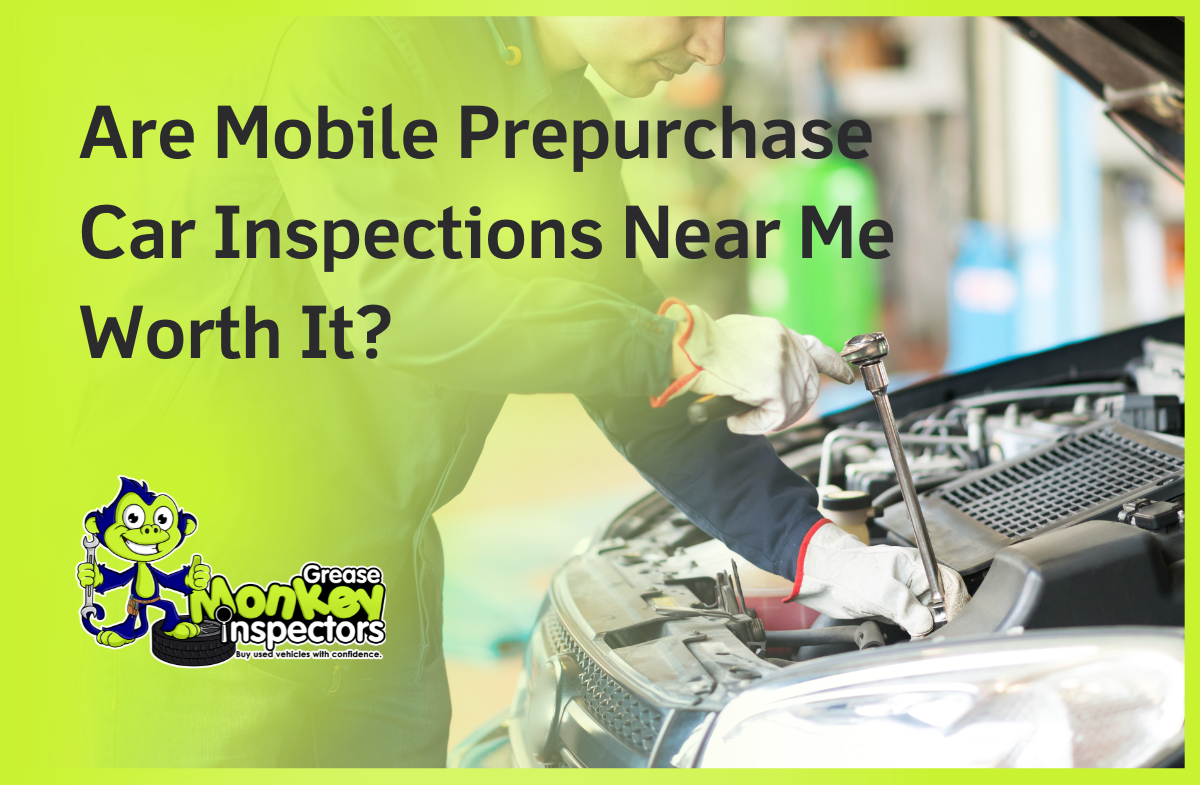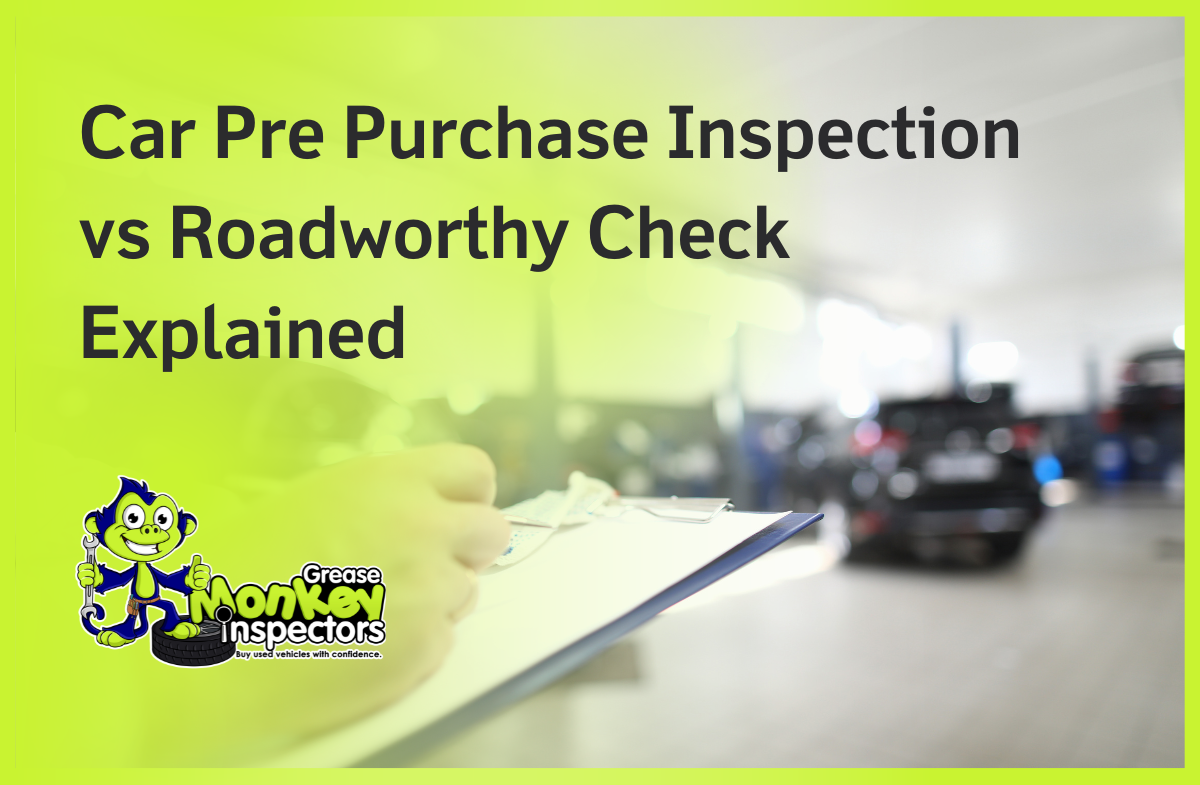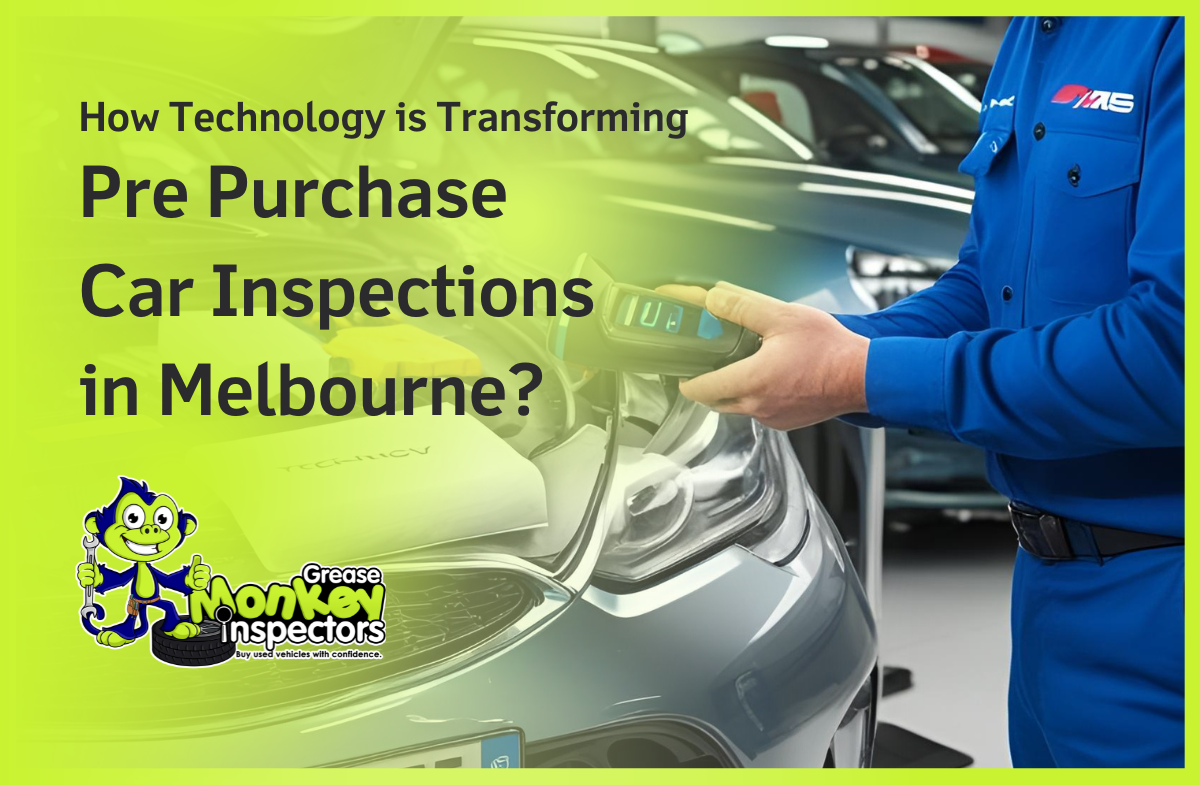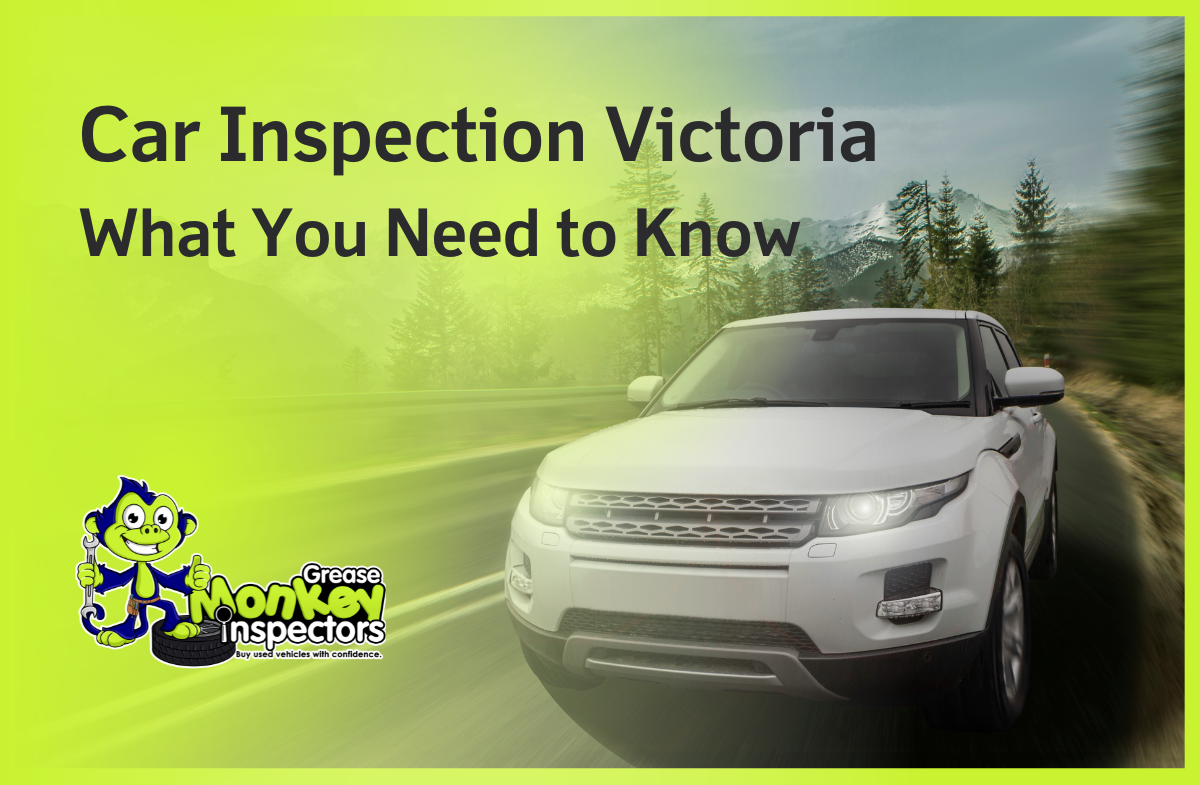Pre-Purchase Used Honda Inspections in Melbourne are a must if you are in the market for a used Honda. In this article, we share why it is and what you need to know about Honda inspections.
Why Pre-Purchase Used Honda Inspections Matter
Purchasing a second hand car is normally a gamble. Most of the issues, such as prior collisions, mechanical malfunctions, or odometer rolls, may not always be detectable with the naked eye. A pre-purchase vehicle check reduces the risk of surprise repairs and assures you of the health of the vehicle before making the purchase.
For Melbourne Honda buyers, having a professional inspect the car means you receive value for your money. Whether it’s a Civic, CR-V, or Jazz, knowing the car you’re purchasing is up to industry standards can save you headaches down the road.
What Does a Used Honda Pre-Purchase Inspection Cover?
At Greasemonkey Inspectors, our quality car pre-purchase inspections in Melbourne include a full study of a variety of important areas. This is what a standard inspection would cover:
- Exterior Check
- Interior Inspection
- Engine Inspection
- Underbody Check
- Electrical Test
- Road Test
- Vehicle History Check
Whether it’s buying an economy-sipping hatch or an SUV that’s big enough for the brood, a tailored Honda car inspection in Melbourne means you’re properly up to speed on what you’re getting.
Here’s a more in-depth look at what a pre-purchase car inspection in Melbourne covers.
Book Your Pre-Purchase Inspection in Melbourne
Greasemonkey Inspectors are experts in Melbourne pre-purchase car inspection services, which are designed to offer peace of mind to second-hand car buyers. Our inspectors are certified, extremely experienced, and well-trained to inspect second-hand Honda models thoroughly.
Don’t take a chance when investing in your next vehicle. Book pre-purchase used Honda inspections today and enjoy confident decision-making.

